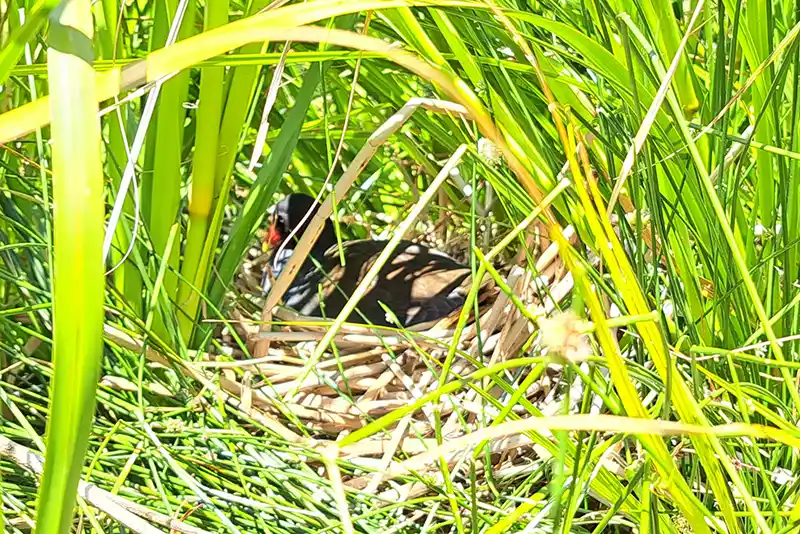Floating Wetlands
WHAT IS A FLOATING WETLAND?
A Floating Wetland (also known as floating ecosystems, floating treatment wetlands or floating islands) consists of a buoyant structure supporting the growth of emergent wetland vegetation, like reeds, rushes and sedges, floating on the surface of a waterbody. The roots of the plants hang beneath and take their water and nutrition directly from the water column. They can be installed on lakes, rivers, stormwater and wastewater ponds, and other water bodies to enhance the quality of water, biodiversity, landscape amenity, recreational space and community connectivity with the aquatic environment.
BENEFITS OF FLOATING WETLANDS
Just like natural wetlands, floating wetlands, offer several environmental and ecological benefits including:
WHY WE USE BIOMATRIX FLOATING ECOSYSTEMS MODULES
At WET Systems we use Biomatrix’s versatile and super-strong modular system which can be configured to fit the site’s conditions and create almost any shape wetland.
Why Choose WET Systems?

AUSTRALIAN BASED & OWNED
We are an Australian business working throughout Australasia and further afield. Where possible, we support other local businesses and provide volunteer services to local groups in order to build a strong community.

BACKED BY EXPERIENCE
WET Systems has over 20 years of experience in the design and construction of constructed wetlands. We have worked across all states in Australia as well as the Middle East and Europe. We provide Australia’s most experienced constructed wetland design service coupled with excellent standards and honesty.

PARTNERING WITH CLIENTS
We work closely with our clients to create, design and implement treatment systems to meet their specific needs. We greatly value client input through all stages of the project and aim to grow strong, trusting relationships in order to create the best outcome.
 Contact WET Systems
Contact WET Systems
Contact the wetland & ecological treatment system professionals to learn how we implement ecological-oriented waste water management solutions.








